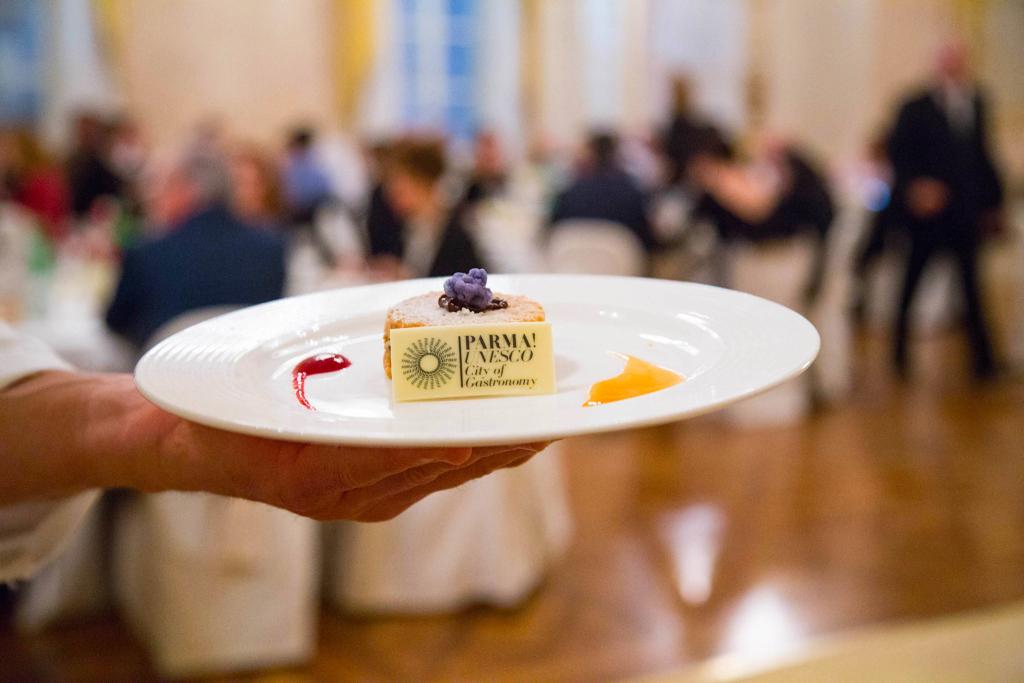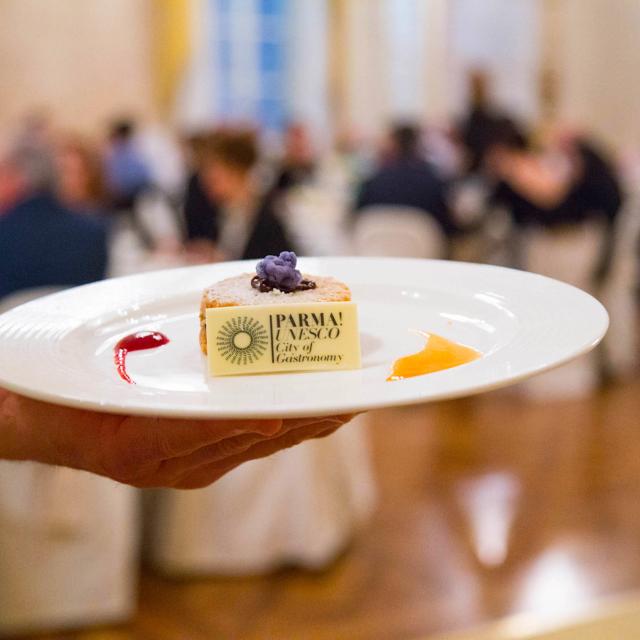*Culatta is the thickest part of the thigh, without the gib and the stalk, and unlike Culatello it is cured in the rind. It is among the Hills of Tizzano Val Parma that the fresh, pure air that caresses the Apennines allows the natural aging of this uniquely flavored product. With a sweet yet intense taste, its softness will win you over at the first taste. Try it on a slice of fragrant bread, perhaps with a curl of butter: it will melt in your mouth!
*Salame di Felino is a dry sausage made from the pure meat of Italian pigs, to which we add a little salt and black pepper, Malvasia wine and garlic. Its name comes from the small town where it is produced, Felino, located in the province of Parma, near the hills.
*The pigs from which the raw material is obtained must meet the same criteria required for Parma Crudo; the culatello specification allows ingredients other than salt in salting such as : whole pepper, pieces of garlic, dry white wine...
After salting, which has a maximum time of 6 days, the muscle mass is placed in cold storage at a temperature between 0 and 5 C°, for the time necessary for the salt to be absorbed. The meat is rested and then stuffed into the pig's bladder, through several turns of string that intersect each other, proceeding in a spiral from the base to the apex. This prevents air pockets from remaining, during curing. At this point, the culatello is drained and dried for 30 to 60 days; finally, it is aged in special rooms with sufficient air exchange, for a period of not less than 10 months.















